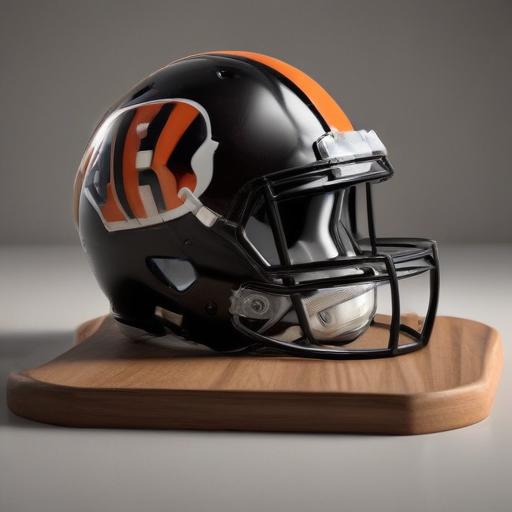The Cincinnati Bengals bolstered their linebacker corps in the 2025 NFL Draft by selecting Demetrius Knight Jr. in the second round and Barrett Carter in the fourth. Knight brings a bruising, versatile style, while Carter offers elite range and playmaking ability to pair with veteran Logan Wilson.
Knight’s path to the pros reads like a story of perseverance. He started at Georgia Tech, transferred to Charlotte where he piled up 96 tackles, and finished at South Carolina, earning team captaincy and posting 82 tackles (57 solo) with 8.0 tackles for loss and 2.0 sacks. Off the field, Knight supported his young family by working as a DoorDash driver. Cincinnati’s staff was drawn to his character and leadership, with defensive coordinator Al Golden highlighting Knight’s ability to serve as a captain quickly, his overall versatility, and his movement in space. Golden noted Knight’s size and length—about 6-foot-2 with 33-inch arms and around 240 pounds—and described him as a rare, multi-purpose front-seven talent who can contribute as a run defender, pass rusher, and cover option. The pick at No. 49 came after teams ahead of them passed, and Knight’s combination of length, intelligence, and toughness gave the Bengals a signal-caller type who can line up inside or outside and adapt to various looks, including five-down packages.
Carter, meanwhile, is the kind of rangy defender Cincinnati hopes to lean on as Wilson’s presence anchors the middle. The Clemson product was a two-time All-America selection, credited by coaches with 254 tackles (31.5 for loss), 12.5 sacks, 24 pass breakups, three interceptions, two forced fumbles, and three fumble recoveries across 2,482 career snaps in 52 games (40 starts) from 2021-24. He flashed prominently in his first NFL action against the Philadelphia Eagles, showcasing quickness and effectiveness on blitz packages. If he continues to develop, Carter can grow into a valuable depth piece early in the season and evolve into a rotational contributor as the year progresses.
duo projects to give Cincinnati a deeper, more dynamic linebacking corps. Knight is viewed as the base-down presence who can also rush the passer and drop into coverage when needed, pairing with Wilson on early downs. Carter provides speed, range, and a knack for creating chaos off the edge or in pursuit, offering a favorable contrast to Knight and a reliable depth option behind the starter at any given time. Knight’s ability to play inside or outside could also allow Cincinnati to experiment with multiple alignments and keep offenses off balance, while Carter’s sideline-to-sideline speed should help shore up gaps in run defense and improve overall team versatility.
What this means for Cincinnati’s defense is a more complete linebacker group that can adapt to injuries and game plans. The pairing of Knight’s physicality and Carter’s quickness gives the Bengals options to mix and match, rotate players for rest, and maintain defensive intensity through the season. Their early roles appear designed to maximize depth: Knight stepping in on base downs alongside Wilson, with Carter entering as a flexible contributor who can be deployed in specific packages or as a rotation piece during the early games.
To watch as training camp and the preseason unfold: how quickly Knight can translate his college versatility to the NFL, how Carter adjusts to the speed of pro football and his assignment discipline, and how both adapt within Lou Anarumo’s defensive scheme. Special-teams contributions could also factor in, given Knight’s leadership and Carter’s athleticism.
Overall, the Bengals’ draft choices at linebacker signal a clear intent to upgrade a group that was widely perceived as a notable area of need. Knight’s leadership and multi-position ability, combined with Carter’s speed and playmaking potential, offer Cincinnati a hopeful path toward a more robust run defense and improved coverage. If both players adapt quickly, Cincinnati could enjoy a more flexible, durable linebacker corps that helps push the team toward a divisional title in 2025.
